Announcing Anywhere Adventures Locations
The following is a guest post by 2025 Innovator in Residence Vivian Li, an illustrator, comics artist and web developer from Macomb, Illinois, who currently lives in Seattle. This is the second blog post in a series following Vivian’s project, Anywhere Adventures. Check out the LC Labs Anywhere Adventures experiment page to learn more about the project and the Library’s Innovator in Residence program. You can also read through the first blog post in the series to see the start of the Anywhere Adventures campaign and some of the nominations!
We are so pleased to announce that Southeastern Wyoming and Chicago, Illinois have been chosen as our final two locations to explore histories for Anywhere Adventures!
Thank you for all your submissions – it was very exciting to see the breadth of items and towns that can be explored through the Library. With Seattle, Wyoming, and Chicago being geographically and culturally so far apart from each other, and having so many free-to-use LOC collection items, we hope that we can capture many different stories.
Here are two stories from each location (with lots more to come):
Ames Monument in Buford, Wyoming
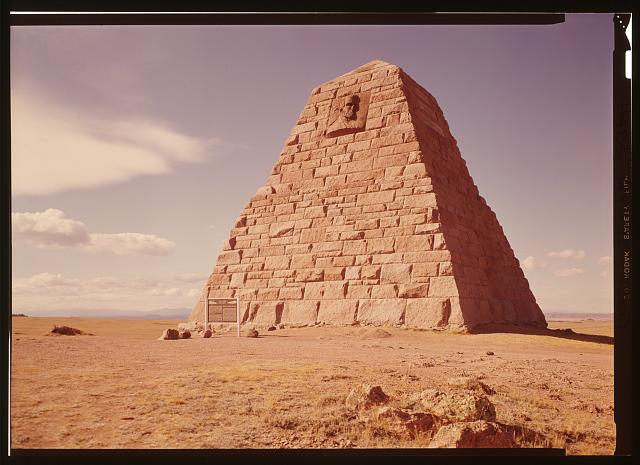
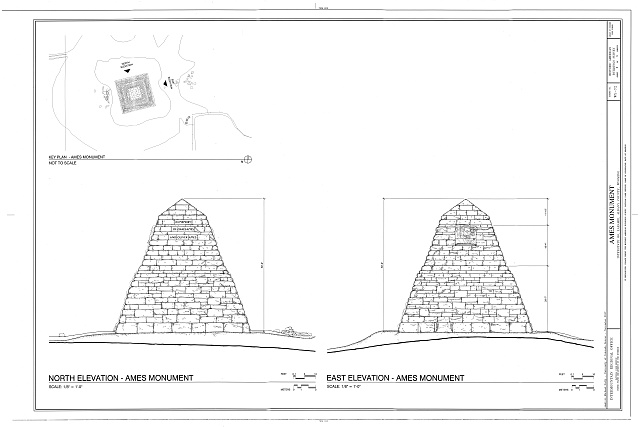
This monument was built to celebrate the first transcontinental railroad built by Union Pacific. On the west and east face of the pyramid, there are two faces: Oakes and Oliver Ames, the two brothers who helped fund the costly project.
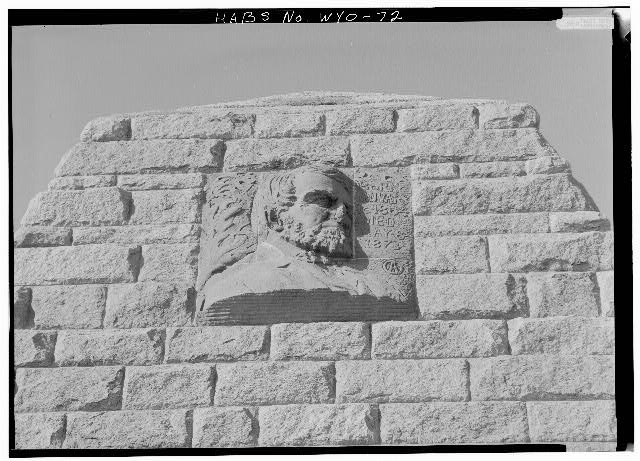
The transcontinental railroad started in Council Bluffs, Iowa. Many new towns were formed hand in hand with the new route, including Cheyenne and Laramie, WY. This monument sits at the tallest point of the whole railroad, just 16 miles east of Laramie. However, in 1918, the line was moved a couple of miles south, leaving this pyramid behind.
The monument was designed by Henry Hobson Richardson, one third of “the recognized trinity of American architecture” (sitting alongside Louis Sullivan, the “father of skyscrapers”, and Frank Lloyd Wright). It was purchased in 1885 by William Murphy who wanted to paste advertisements on its walls. Union Pacific avoided this by acquiring the deed to the monument, and it is preserved as a National Historic Landmark today.
Hull House in Chicago, Illinois.
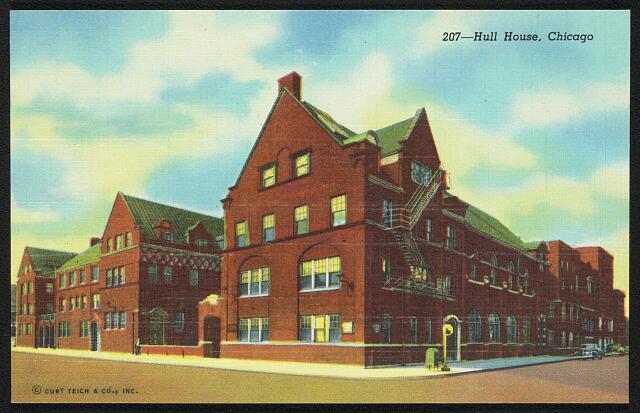
Hull House was a settlement house founded by Jane Addams in 1889 in Chicago’s Near West Side to support the large community of immigrants. Hull House sought to fill in gaps where the neighborhood needed it – supporting families, providing food, and offering free lectures and classes in the arts.
Hilda Satt Polacheck took classes from Hull House as a child and continued on to become a writer who collected stories for the Federal Writers’ Project. In “Dust,” she recorded the story of a family whose son learned to play the piano through Hull House.
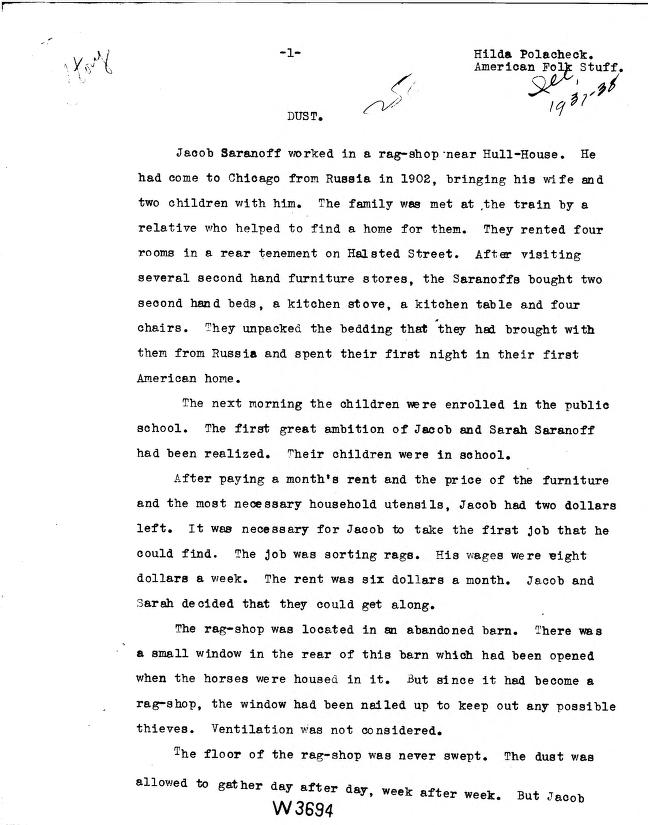
Lots of people benefited from the classes and programs Hull House provided, including musician Benny Goodman, who participated in its club band.
A majority of the Hull House buildings were eventually demolished to create space for the campus of the University of Illinois Chicago. However, the original building still stands today as an official Chicago landmark at 800 S. Halsted St.
Follow along to see more stories about these three places on my Instagram @vivianlikesfruit and share any cool things you find yourself.
Source of Article